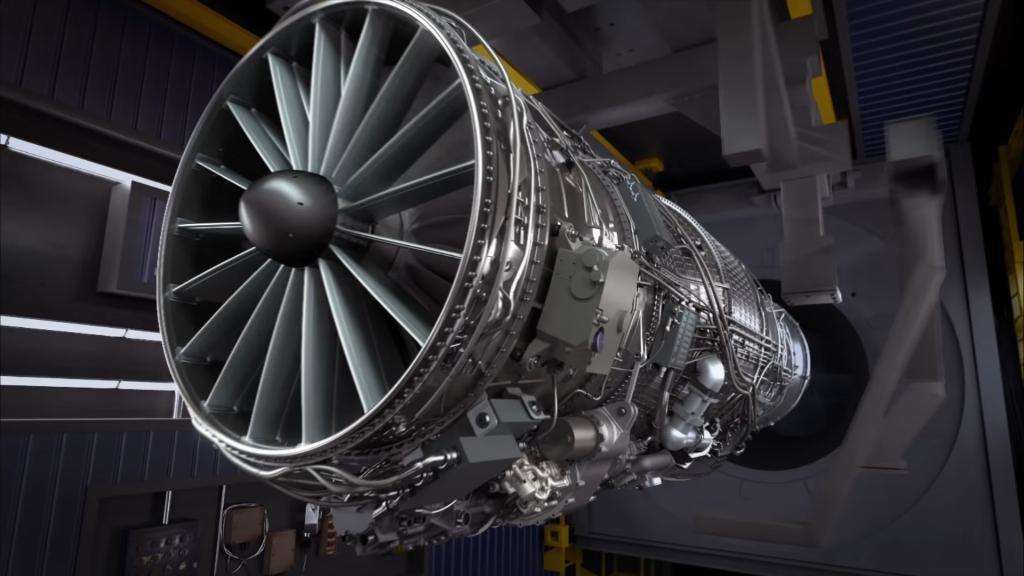SOURCE: RAUNAK KUNDE / NEWS BEAT / IDRW.ORG


India is on the cusp of a landmark agreement in its aerospace ambitions, with the finalization of a deal for the development of a 6th generation jet engine for the Advanced Medium Combat Aircraft (AMCA) program expected by July 2025. According to sources cited by the Indian Defence Research Wing (idrw.org), negotiations with three global aerospace giants—General Electric (GE) from the United States, Safran from France, and Rolls-Royce from the United Kingdom—have concluded, paving the way for a transformative partnership.
The deal, closely monitored by the Prime Minister’s Office (PMO), encompasses a detailed roadmap for development, program costs, workshare, technology transfer (ToT), and intellectual property rights (IPR), signaling India’s determination to achieve self-reliance in advanced propulsion technology.
The AMCA, a 5.5-generation stealth fighter being developed by the Defence Research and Development Organisation (DRDO) and Hindustan Aeronautics Limited (HAL), is a cornerstone of India’s defense modernization. While the AMCA Mk-1 will initially use GE F414 engines (98 kN thrust) with a first flight slated for 2030, the Mk-2 variant, expected by 2040, requires a more powerful 110-130 kN engine to enable supercruise, stealth compatibility, and support for advanced systems like AI-driven swarm drones and directed-energy weapons . The 6th generation engine, anticipated to incorporate variable cycle technology for superior fuel efficiency and thermal management, will not only power the AMCA but also lay the foundation for future Indian fighter programs, potentially including a true 6th-generation aircraft .
The program, estimated to cost around $5 billion, will fund engine development, local production lines, prototype creation, and extensive ground and inflight testing . With the Indian Air Force (IAF) aiming for a 42-squadron strength by 2047, the timely development of this engine is critical to meet the 2035 production timeline for the AMCA, ensuring India can counter regional threats from China’s J-20s and emerging 6th-generation fighters .
The recently concluded talks, overseen by the PMO to ensure stringent monitoring and rapid decision-making, involved detailed proposals from GE, Safran, and Rolls-Royce. Each vendor presented a roadmap for the engine’s development, expected costs, workshare percentages, and levels of ToT and IPR. Sources indicate that Rolls-Royce has emerged as the frontrunner, largely due to its experience with 6th-generation engine technology through the UK-led Tempest program . Rolls-Royce has consistently offered a co-development model with complete IPR transfer, allowing India full control over the engine’s design, production, and future upgrades—a critical factor for long-term self-reliance . The company’s proposal also includes establishing production facilities in India and assisting with engine testing, aligning with the “Make in India” initiative .
Safran, however, remains a close second, leveraging its extensive experience with engines like the M88 (used in the Rafale) and a compelling offer of 100% ToT, including IPR [Web ID: 6]. This would enable India to manufacture the engine domestically and adapt it for future needs without restrictions, a significant draw given India’s past experiences with limited technology sharing [Web ID: 6]. Safran’s prior collaboration with India, including its role in the Rafale program, further strengthens its position [Web ID: 8]. GE, while a familiar partner supplying F404 and F414 engines for the Tejas and AMCA Mk-1, has been more reserved on ToT due to U.S. export controls, potentially limiting India’s autonomy—a concern echoed in past discussions.
The decision involves a delicate balance of technological, strategic, and geopolitical considerations. Rolls-Royce’s lead stems from its Tempest program experience, which includes advanced features like propulsion design integration and thermal management—key for 6th-generation fighters . Its offer of a clean-slate design tailored for the AMCA, combined with full IPR and export rights, positions India to potentially become a global player in engine manufacturing . However, Safran’s promise of unrestricted ToT and its smoother collaboration history with India, free from the geopolitical baggage often associated with U.S. partners, makes it a strong contender.
NOTE: Article cannot be reproduced without written permission of idrw.org in any form even for YouTube Videos to avoid Copy right strikes. Websites doing illegal reproductions will get DMCA and Legal Notices.